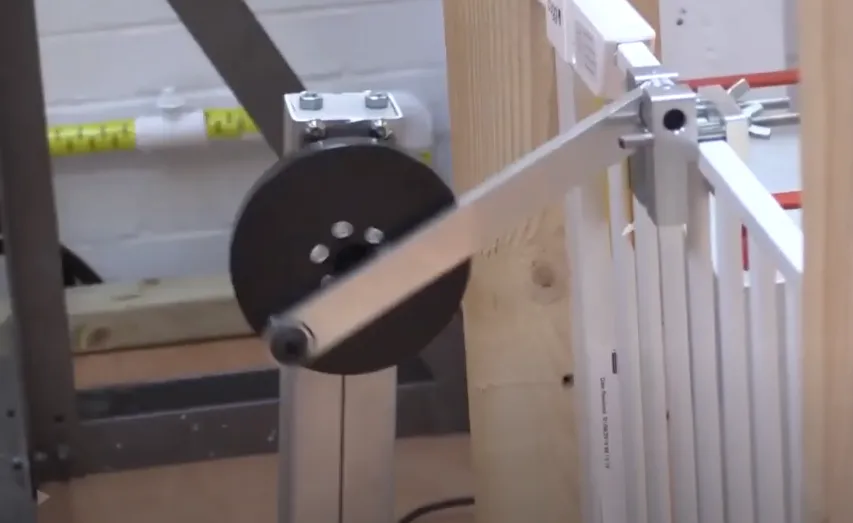BS EN 1021-2 Ignitability Testing of Children’s Furniture Match Flame
The British Standard (BS) and European Norm (EN) for ignitability testing, specifically BS EN 1021-2, is crucial in ensuring the safety standards of children's furniture. This test evaluates the ignitability risk posed by match flames to the furniture components. Ensuring compliance with this standard is essential for manufacturers aiming to prevent potential hazards that could harm young users.
The test aims to simulate real-world scenarios where a match flame comes into contact with a part of the furniture, such as cushion fabric or finish. By conducting these tests, manufacturers can identify any materials or designs that might pose an ignitability risk and make necessary adjustments before bringing products to market.
This service involves several steps, starting from the preparation of test specimens according to standard dimensions and conditions. The testing apparatus includes a device designed to ignite match flames in controlled environments. Specimens are exposed to these flames for specified durations, and their behavior is closely monitored. Once the test is concluded, detailed reports are generated summarizing the findings.
Compliance with BS EN 1021-2 not only ensures product safety but also protects manufacturers from liability issues and potential recalls. It enhances consumer trust by demonstrating a commitment to high safety standards. This service supports regulatory compliance in various markets, ensuring that all products meet or exceed the required ignitability criteria.
The importance of this test cannot be overstated, especially considering the delicate nature of children's furniture where even minor defects can lead to serious consequences. By adhering to this standard, manufacturers contribute significantly to public safety and trustworthiness in their brands.
Scope and Methodology
| Aspect | Description |
|---|---|
| Test Specimens | The standard specifies the dimensions and conditions under which specimens should be prepared. These typically include various materials commonly found in children's furniture, such as upholstery fabrics, foam padding, and decorative coverings. |
| Ignition Device | A device is used to ignite match flames at a controlled distance from the test specimen. The flame duration and distance are carefully calibrated to simulate real-world conditions accurately. |
| Observation Period | The specimens are observed for a specified period following ignition to monitor any smoldering or flaming behavior. This observation is critical in assessing the ignitability risk. |
| Data Collection and Reporting | Comprehensive data on the test results, including flame spread rate, duration of smoldering, and any subsequent fire behavior, are collected and compiled into a detailed report. This information is essential for product improvement and regulatory compliance. |
Why Choose This Test
Selecting BS EN 1021-2 ignitability testing ensures that your products are safe and meet the highest international standards. This service offers several advantages, including:
- Enhanced Safety for Children: By simulating real-world ignition scenarios with match flames, this test helps identify potential hazards early in the development process.
- Avoidance of Product Recalls: Ensuring compliance reduces the risk of product recalls and associated costs. Meeting safety standards also protects your brand's reputation.
- Regulatory Compliance: This test aligns with international regulations, making it easier to export products across borders without additional testing or certification processes.
- Market Differentiation: Demonstrating a commitment to safety can differentiate your products in competitive markets. Customers increasingly value brands that prioritize safety and quality.
In summary, this service is essential for any manufacturer looking to ensure the highest level of safety and compliance with international standards. By choosing this test, you are investing in the long-term success and reputation of your brand.
Competitive Advantage and Market Impact
- Meeting International Standards: Compliance with BS EN 1021-2 positions you as a leader in product safety, attracting customers who prioritize quality.
- Potential for Regulatory Exemptions: By demonstrating robust compliance measures, you may be able to avoid costly and time-consuming additional testing requirements.
- Enhanced Brand Reputation: A commitment to high safety standards can significantly enhance your brand's reputation in the market. This is particularly important in sectors where product safety is a primary concern.
- Competitive Edge: In competitive markets, compliance with international standards can set you apart from competitors who may not meet these rigorous requirements.





